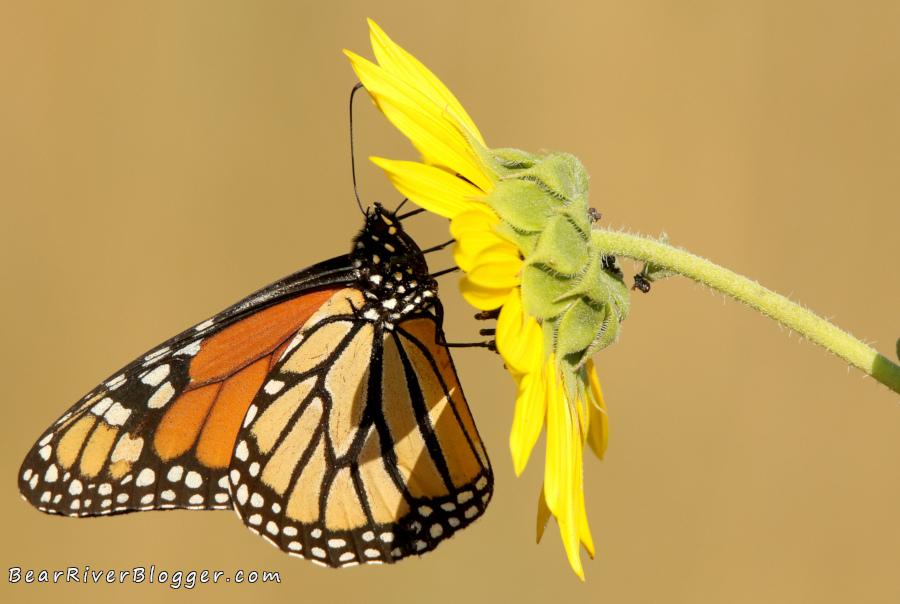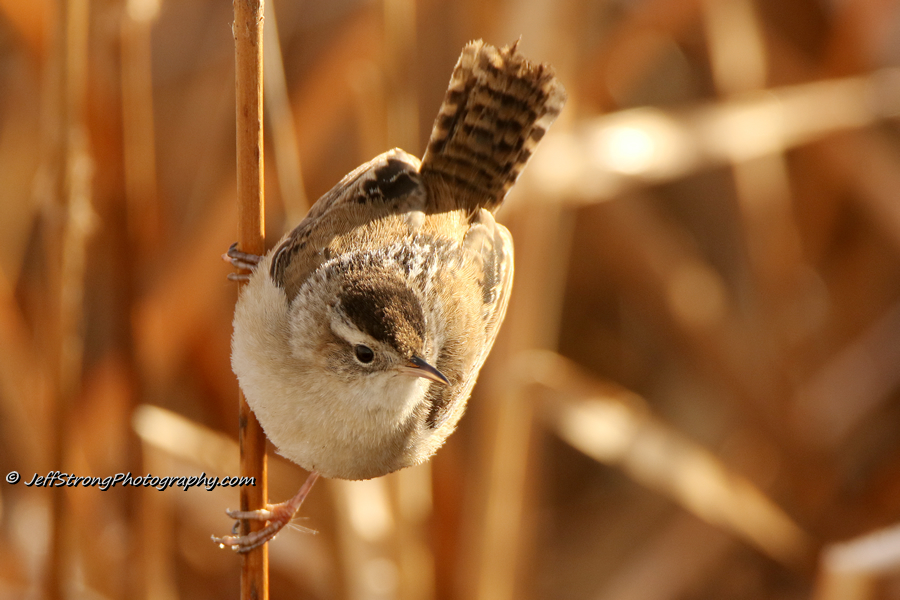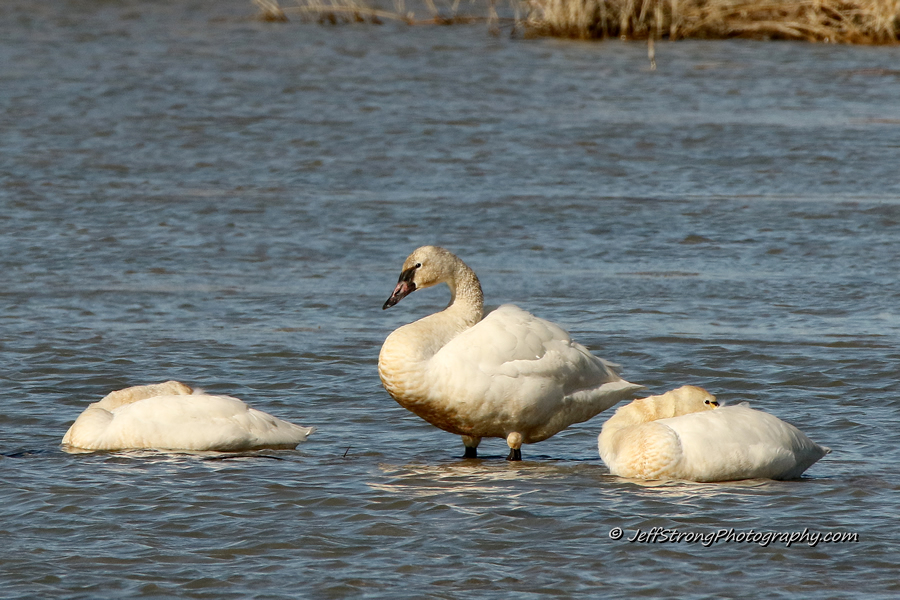When I left the house early this morning for the Bear River Migratory Bird Refuge auto tour route I’ll admit my mind wasn’t on monarch butterflies, not one bit, as my morning thoughts were fixated on blackbirds, herons, egrets, avocets, pelicans, and all the other birds that have literally been lining the south end of the loop the past few weeks.
Yep, I’ve been “geeking out” with all the birds as it’s been quite spectacular for birdwatching on the south and west portions of the loop lately so, naturally, I was expecting yet another great day, and with the nice variety and large numbers of birds as well as having the entire place to myself for nearly 2 hours, it most certainly was a fantastic morning of birding indeed.
But even with all the avian activity on the refuge this morning it wasn’t hundreds of pelicans or dozens of black-crowned night herons but rather a solitary monarch butterfly that grabbed my attention and made the whole drive worthwhile.
There is something so iconic, so beautiful about watching a female monarch butterfly flutter around and land on some milkweed to lay her eggs, and being today’s sighting was my first of the year makes it a hundred times more so knowing this particular monarch has been migrating northward the past couple of weeks, depositing eggs along her way to help propagate the species for another year.
Some people look at me in a strange way when I tell them this but during summer and early fall, I commonly drive the Bear River Migratory Bird Refuge auto tour route and walk the refuge nature trail behind the visitors center solely to search for monarch butterflies.
That wasn’t a typo either, you did read that right as I do visit this world-renowned migratory bird refuge just for monarchs during very specific parts of the year.
If you do even the smallest amount of research about this beautiful pollinator you’ll soon learn one very important fact, the monarch butterfly has a special symbiotic relationship with milkweed as it’s the only species of plant monarchs use for egg-laying and the exact reason why I found one this morning on the refuge, it was dropping eggs on some of the milkweed that lines the Bear River as it enters the refuge property.
It’s well documented that milkweed is the only species of plant monarch caterpillars will eat, feeding on its leaves, stems, green seed pods, and even flower buds before they bloom, so, in a nutshell, it’s safe to say no milkweed literally means no monarch butterflies.

I don’t know about anybody else but a world without monarch butterflies isn’t a very pleasant thought, at least for me it isn’t, and why I highlight monarch butterflies each year on this website, hoping to bring some awareness to these beautiful creatures and the plight they are in with such large decreases in their migrating populations in recent years.
Nobody knows for sure yet what exactly is the cause for the drastic drop in monarch butterfly numbers nationwide but it’s pretty safe to say a lack of milkweed will most definitely play a major factor in it somehow since monarchs are fully dependent upon this plant for survival.
Here in Utah showy milkweed, scientifically termed Asclepias speciosa for any budding botanists out there, is by far the most common milkweed species we have in the state, and being so common it’s easily spotted along the refuge auto loop in many different locations which attract the monarch butterflies to the bird sanctuary during the summer in the first place.
Once showy milkweed is in full bloom, tempting us humans with its sweet aroma and brilliant flower display, monarchs and other butterflies, along with bees and other pollinators, will come and feed on the nectar provided by this greatly misunderstood and highly underappreciated plant.
Monarch butterflies are commonly found on the Bear River Migratory Bird Refuge auto tour route but you have to keep a sharp eye out for them if you want to find one, at least until the sunflowers are in bloom later in the year that is.

This time of year monarchs are still migrating north until the calendar hits the summer solstice, the day of the year with the most sunlight that somehow triggers monarch butterflies to stop migrating and focus solely on breeding.
When you do find one before the solstice there is a good chance it is still working its way north, only stopping for a brief moment to lay an egg or two like today’s monarch that landed on a handful of milkweed plants just a few feet away before taking a northward flight again over the river and out of sight.
Once the summer solstice has passed and monarch populations are focused on nothing but breeding it still can be like finding a needle in a haystack when looking for monarch butterflies but as the summer rolls on monarch numbers are, hopefully, increasing as they breed the last couple of generations before fall beacons the call for the last generation to migrate south for the winter.
But when it is time to feed up for their migration back to southern California and Mexico, finding monarch butterflies on the Bear River Migratory Bird Refuge auto tour route is a lot easier when the sunflowers are in bloom.
Monarchs will actively feed on nectar from the wild sunflowers along both the auto loop and on Forest Street and during August and early September, whenever the sunflowers are in bloom for the year, is by far the best time to look for and find monarch butterflies on the refuge.

It’s not that you can’t find them during the rest of the year, I did today so you most certainly can, but they tend to sit and stay longer on sunflower blooms when they are feeding as opposed to just depositing eggs on milkweed so don’t get discouraged if they seem to be hard to find during summer, they most definitely can be because they are moving around a lot looking for milkweed to lay their eggs on.
One very important thing to remember about monarch butterflies on the Bear River Migratory Bird Refuge is, however, being a federal refuge all flora and fauna, plants and animals for us non-science folks, are protected and just like any other creatures or vegetation there, you cannot harvest monarch butterflies, their eggs, caterpillars, any milkweed seeds or other parts of the plant, even if your intent is to raise and release them later on, so enjoy the monarch butterflies and all aspects regarding them but leave them be and let nature take care of all of that other stuff.
There has also been some talk about the mowing on the Bear River Migratory Bird Refuge auto tour route, initially regarding nesting birds but how it impacts milkweed and monarchs has also come up recently for discussion.
This was a concern I’ve had for a few years now as good, healthy milkweed plants are lost each time the refuge mows the grass on the sides of the auto loop and yesterday I brought it up to Erin Holmes, the current refuge manager, to see if something could be done to mow around and save these stands of milkweed.
Holmes politely declined my offer to help mark the milkweed stands and noted it would be much too tedious and time-consuming to mark and mow around all the milkweed on the 12-mile auto loop.
She also mentioned that mowing has to take place for two important reasons, the first being to try and discourage birds from nesting so close to the busy road where nests can and do get run over by cars pulling to the side of the roadway.
This is actually a very valid concern as this year alone I have seen several killdeer and a couple of American avocets nest less than 3 feet away from the gravel road and all but one of these nests were gone just a couple days later on subsequent visits to the refuge.
The second reason Holmes mentioned is to keep the roadside vegetation short to not catch fire from a hot exhaust pipe or catalytic converter, something that is quite possible when cars pull off to the side of the road and onto the dry grass to either photograph a bird or let another vehicle drive by.
So although some of the milkweed on the refuge auto tour route is cut down due to mowing, there are valid reasons for the roadsides to be mowed.
The good news is milkweed will keep growing, even when mowed, so these same plants can still possibly attract monarchs and feed caterpillars once the mowing is over for the year, they just won’t be as large and might not produce any seed pods or blooms.

If you happen to visit the Bear River Migratory Bird Refuge during the summer or early fall months, keep an eye out for monarch butterflies, and if you’re a photographer like myself, take a photo and share it on our Bear River Blogger Facebook page to help encourage others to look for and report monarch butterfly sightings to help scientists track and expand their knowledge about monarch migration times and routes.
To keep up with our birdwatching and other nature excursions, including ones with the beautiful monarch butterfly, head on over to our subscribe page and sign up for email notifications for future blog posts where we share our love for all kinds of nature through our photography and the written word here on this website.









